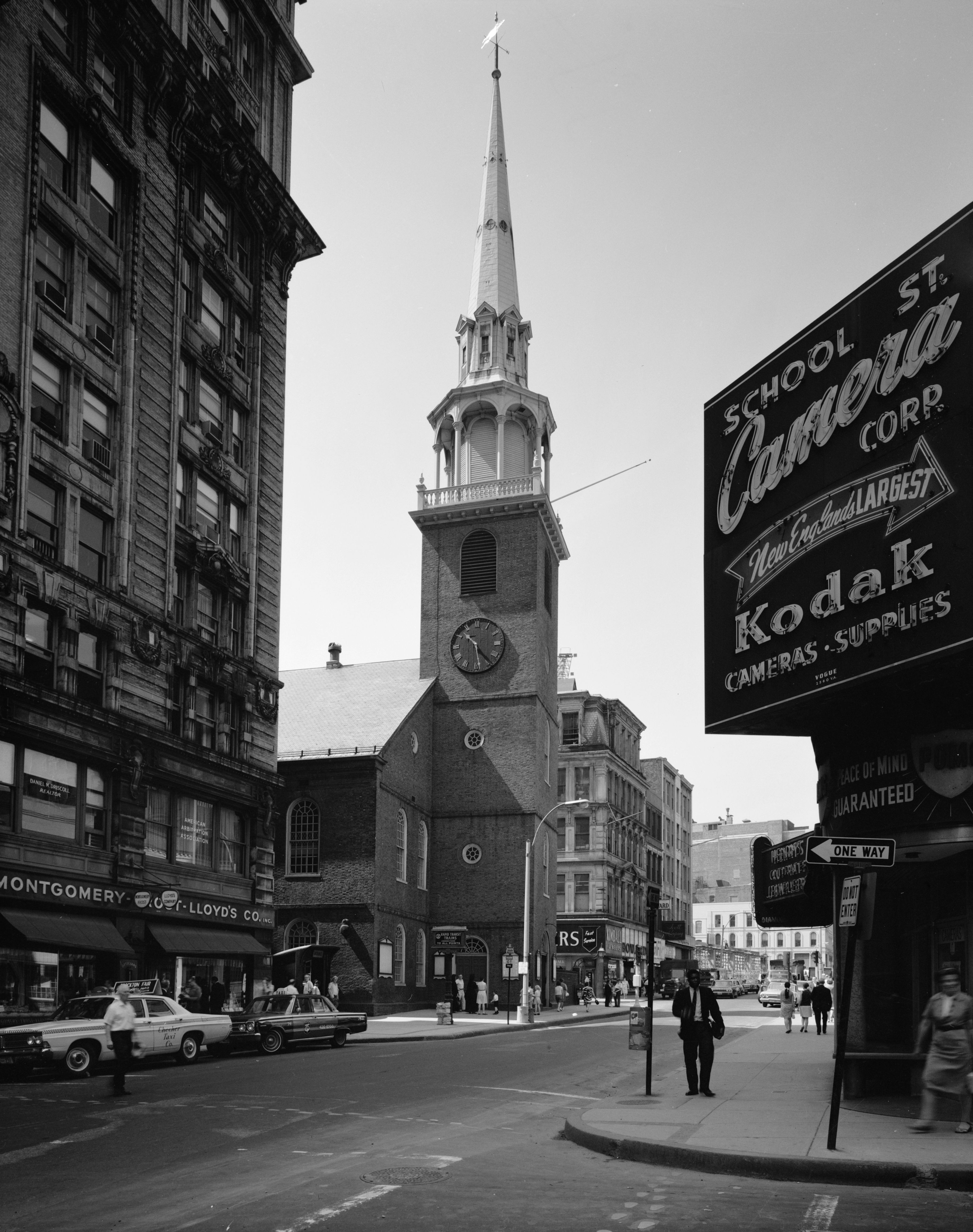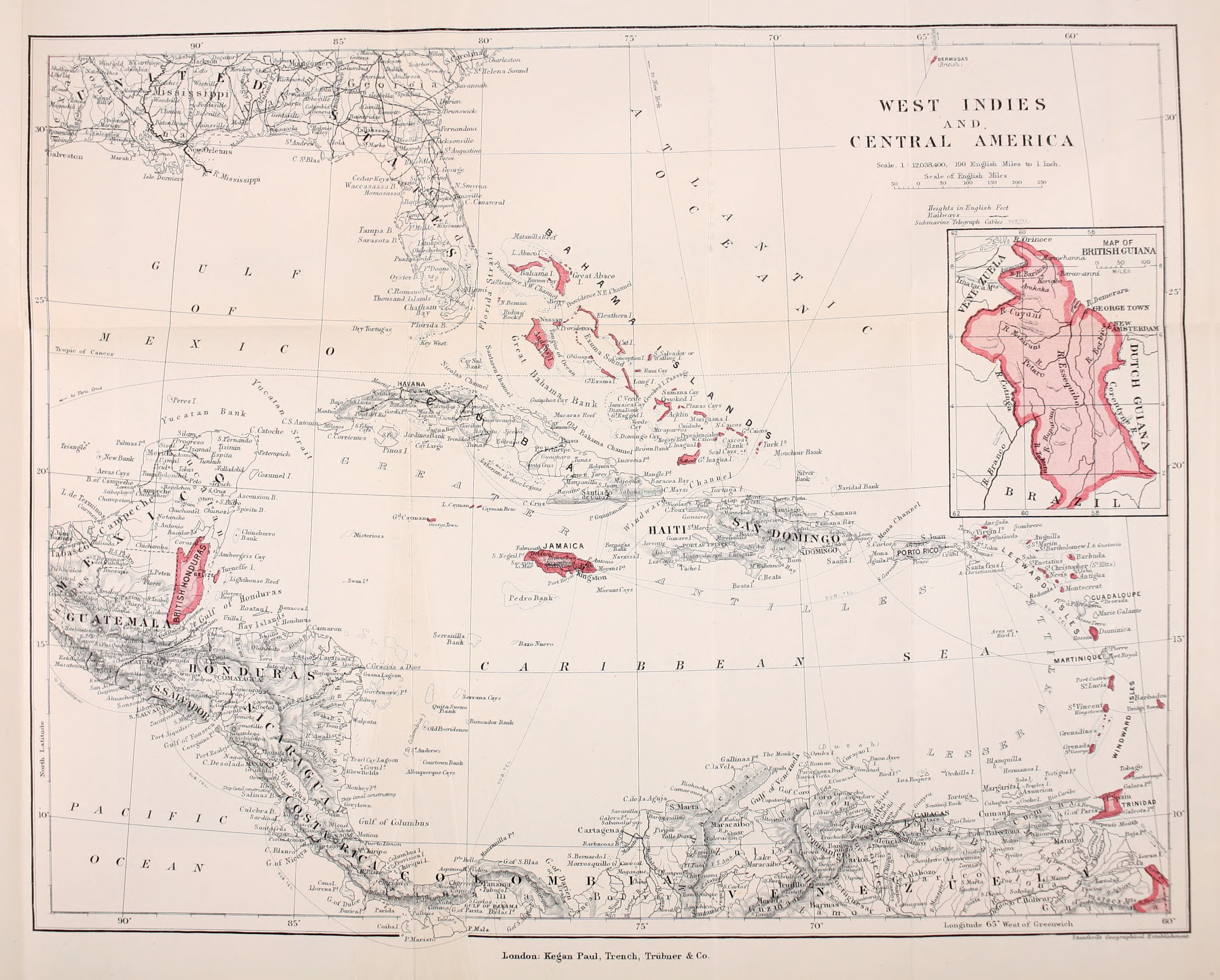|
Sugar Act 1764
The Sugar Act 1764 or Sugar Act 1763 ( 4 Geo. 3. c. 15), also known as the American Revenue Act 1764 or the American Duties Act, was a revenue-raising act passed by the Parliament of Great Britain on 5 April 1764. The preamble to the act stated: "it is expedient that new provisions and regulations should be established for improving the revenue of this Kingdom ... and ... it is just and necessary that a revenue should be raised ... for defraying the expenses of defending, protecting, and securing the same." The earlier Molasses Act 1733, which had imposed a tax of six pence per gallon of molasses, had never been effectively collected due to colonial evasion. By reducing the rate by half and increasing measures to enforce the tax, Parliament hoped that the tax would actually be collected.Miller pp. 100–101 These incidents increased the colonists' concerns about the intent of the British Parliament and helped the growing movement that became the American Revolution. Backgroun ... [...More Info...] [...Related Items...] OR: [Wikipedia] [Google] [Baidu] |
Molasses Act
The Molasses Act 1733 ( 6 Geo. 2. c. 13), also known as the Trade of Sugar Colonies Act 1732, was an act of the Parliament of Great Britain that imposed a tax of six pence per gallon on imports of molasses from non-British colonies. Parliament created the act largely at the insistence of large plantation owners in the British West Indies. The act was passed not to raise revenue but to regulate trade by making British products cheaper than those from the French West Indies. The act greatly affected the significant colonial molasses trade. Merchants purchased raw sugar (often in its liquid form, molasses) from plantations in the Caribbean and shipped it to New England and Europe, where it was sold to distillery companies that produced rum. Merchant capitalists used cash in New England from the sale of sugar to purchase rum, furs, and lumber, which their crews shipped to Europe. With the profits from the European sales, merchants purchased Europe's manufactured goods, including t ... [...More Info...] [...Related Items...] OR: [Wikipedia] [Google] [Baidu] |
Samuel Adams
Samuel Adams (, 1722 – October 2, 1803) was an American statesman, Political philosophy, political philosopher, and a Founding Father of the United States. He was a politician in Province of Massachusetts Bay, colonial Massachusetts, a leader of the movement that became the American Revolution, a signatory of the United States Declaration of Independence, Declaration of Independence and other founding documents, and one of the architects of the principles of Republicanism in the United States, American republicanism that shaped the political culture of the United States. He was a second cousin to his fellow Founding Father, President John Adams. He founded the Sons of Liberty. Adams was born in Boston, brought up in a religious and politically active family. A graduate of Harvard College, he was an unsuccessful businessman and tax collector before concentrating on politics. He was an influential official of the Massachusetts House of Representatives and the Boston Town Mee ... [...More Info...] [...Related Items...] OR: [Wikipedia] [Google] [Baidu] |
Coin
A coin is a small object, usually round and flat, used primarily as a medium of exchange or legal tender. They are standardized in weight, and produced in large quantities at a mint in order to facilitate trade. They are most often issued by a government. Coins often have images, numerals, or text on them. The faces of coins or medals are sometimes called the ''obverse'' and the ''reverse'', referring to the front and back sides, respectively. The obverse of a coin is commonly called ''heads'', because it often depicts the head of a prominent person, and the reverse is known as ''tails''. The first metal coins – invented in the ancient Greek world and disseminated during the Hellenistic period – were precious metal–based, and were invented in order to simplify and regularize the task of measuring and weighing bullion (bulk metal) carried around for the purpose of transactions. They carried their value within the coins themselves, but the stampings also induced manip ... [...More Info...] [...Related Items...] OR: [Wikipedia] [Google] [Baidu] |
British West Indies
The British West Indies (BWI) were the territories in the West Indies under British Empire, British rule, including Anguilla, the Cayman Islands, the Turks and Caicos Islands, Montserrat, the British Virgin Islands, Bermuda, Antigua and Barbuda, the Bahamas, Barbados, Dominica, Grenada, Jamaica, Saint Kitts and Nevis, Saint Lucia, Saint Vincent and the Grenadines, British Honduras, British Guiana and Trinidad and Tobago. The Kingdom of England first English overseas possessions, established colonies in the region during the 17th century. Financed by valuable extractive commodities such as sugar production, the colonies were also at the centre of the Atlantic slave trade, with around 2.3 million slaves being brought to the British West Indies. The colonies also served as bases to project the power of the British Empire through the Royal Navy and Britain's Merchant Marine, and to expand and protect British overseas trade. Before the decolonization of the Americas in the later ... [...More Info...] [...Related Items...] OR: [Wikipedia] [Google] [Baidu] |
Fred Anderson (historian)
Fred Anderson (born 1949) is an American historian of early North American history. Education and career Anderson received his B.A. from Colorado State University in 1971 and his Ph.D. from Harvard in 1981. He has taught at Harvard and at the University of Colorado, Boulder, where he is currently Professor Emeritus of History. He has held fellowships from the National Endowment for the Humanities, the Charles Warren Center of Harvard University, the Guggenheim Foundation and the Rockefeller Foundation. He is the author or editor of five books including ''Crucible of War: The Seven Years' War and the Fate of Empire in British North America, 1754-1766'' (New York: Alfred A. Knopf, February 11, 2000; London: Faber and Faber, 2000), which won the Mark Lynton History Prize and the 2001 Francis Parkman Prize as best book in American history. Together with Andrew Cayton (Miami University), he has recently published ''The Dominion of War: Empire and Liberty in North America, 1500- ... [...More Info...] [...Related Items...] OR: [Wikipedia] [Google] [Baidu] |
Pontiac's War
Pontiac's War (also known as Pontiac's Conspiracy or Pontiac's Rebellion) was launched in 1763 by a confederation of Native Americans who were dissatisfied with British rule in the Great Lakes region following the French and Indian War (1754–1763). Warriors from numerous nations joined in an effort to drive British soldiers and settlers out of the region. The war is named after Odawa leader Pontiac, the most prominent of many Indigenous leaders in the conflict. The war began in May 1763 when Native Americans, alarmed by policies imposed by British General Jeffrey Amherst, attacked a number of British forts and settlements. Nine forts were destroyed, and hundreds of colonists were killed or captured, with many more fleeing the region. Hostilities came to an end after successful British Army expeditions in 1764 led to peace negotiations over the next two years. The Natives were unable to drive away the British, but the uprising prompted the British government to modify the pol ... [...More Info...] [...Related Items...] OR: [Wikipedia] [Google] [Baidu] |
John Stuart, 3rd Earl Of Bute
John Stuart, 3rd Earl of Bute (; 25 May 1713 – 10 March 1792), styled Lord Mount Stuart between 1713 and 1723, was a British Tory statesman who served as the Prime Minister of Great Britain from 1762 to 1763 under George III. He became the first Tory to hold the position and was arguably the last important royal favourite in British politics. He was the first prime minister from Scotland following the Acts of Union in 1707. He was also elected as the first president of the Society of Antiquaries of Scotland when it was founded in 1780. Early life Family He was born in Parliament Close, near to St Giles Cathedral on the Royal Mile in Edinburgh on 25 May 1713, the son of James Stuart, 2nd Earl of Bute, and his wife, Lady Anne Campbell. He attended Eton College from 1724 to 1730. He went on to study civil law at the Universities of Groningen (1730–1732) and Leiden (1732–1734) in the Netherlands, graduating from the latter with a degree in civil law. A close relativ ... [...More Info...] [...Related Items...] OR: [Wikipedia] [Google] [Baidu] |
National Debt
A country's gross government debt (also called public debt or sovereign debt) is the financial liabilities of the government sector. Changes in government debt over time reflect primarily borrowing due to past government deficits. A deficit occurs when a government's expenditures exceed revenues. Government debt may be owed to domestic residents, as well as to foreign residents. If owed to foreign residents, that quantity is included in the country's external debt. In 2020, the value of government debt worldwide was $87.4 US trillion, or 99% measured as a share of gross domestic product (GDP). Government debt accounted for almost 40% of all debt (which includes corporate and household debt), the highest share since the 1960s. The rise in government debt since 2007 is largely attributable to stimulus measures during the Great Recession, and the COVID-19 recession. Governments may take on debt when the government's spending desires do not match government revenue flows. Taking d ... [...More Info...] [...Related Items...] OR: [Wikipedia] [Google] [Baidu] |
French And Indian War
The French and Indian War, 1754 to 1763, was a colonial conflict in North America between Kingdom of Great Britain, Great Britain and Kingdom of France, France, along with their respective Native Americans in the United States, Native American allies. European historians generally consider it a related conflict of the wider 1756 to 1763 Seven Years' War, although in the United States it is viewed as a singular conflict unassociated with any European war. Although Britain and France were officially at peace following the Treaty of Aix-la-Chapelle (1748), tensions over trade continued in North America. These culminated in a dispute over the Forks of the Ohio, and the related French Fort Duquesne which controlled them. In May 1754, this led to the Battle of Jumonville Glen, when Colony of Virginia, Virginia militia led by George Washington ambushed a French patrol. In 1755, Edward Braddock, the new Commander-in-Chief, North America, planned a four-way attack on the French. None s ... [...More Info...] [...Related Items...] OR: [Wikipedia] [Google] [Baidu] |
Seven Years' War
The Seven Years' War, 1756 to 1763, was a Great Power conflict fought primarily in Europe, with significant subsidiary campaigns in North America and South Asia. The protagonists were Kingdom of Great Britain, Great Britain and Kingdom of Prussia, Prussia versus Kingdom of France, France and Habsburg monarchy, Austria, the respective coalitions receiving by countries including Portuguese Empire, Portugal, Spanish Empire, Spain, Electorate of Saxony, Saxony, Age of Liberty, Sweden, and Russian Empire, Russia. Related conflicts include the Third Silesian War, French and Indian War, Carnatic wars, Third Carnatic War, Anglo-Spanish War (1762–1763), Anglo-Spanish War (1762–1763), and Spanish–Portuguese War (1762–1763), Spanish–Portuguese War. Although the War of the Austrian Succession ended with the Treaty of Aix-la-Chapelle (1748), none of the signatories were happy with the terms, and it was generally viewed as a temporary armistice. It led to a strategic realignment kn ... [...More Info...] [...Related Items...] OR: [Wikipedia] [Google] [Baidu] |





